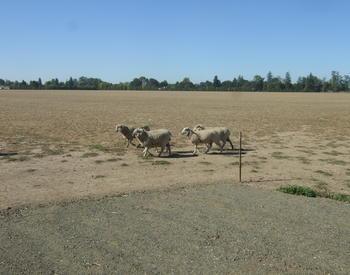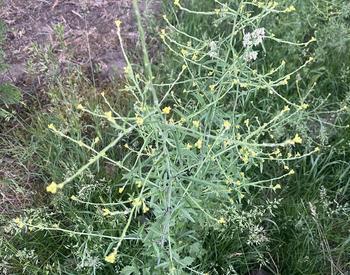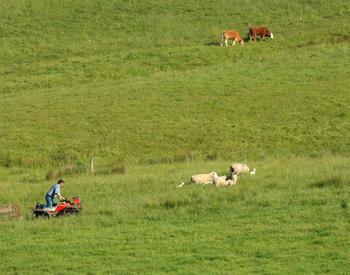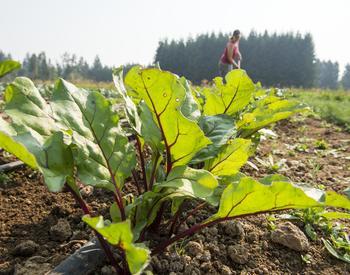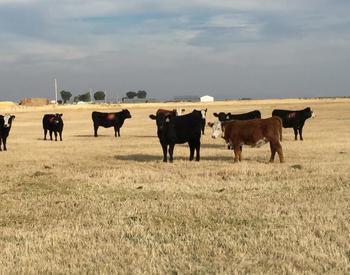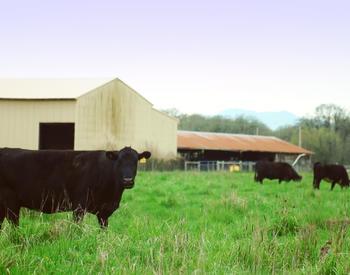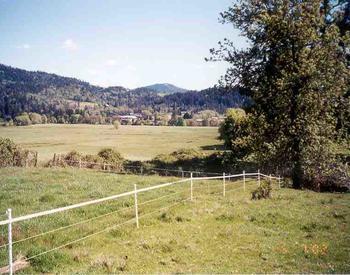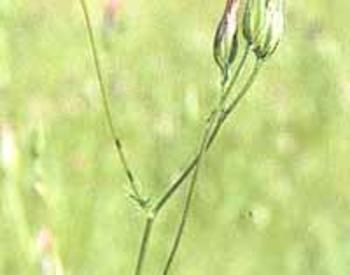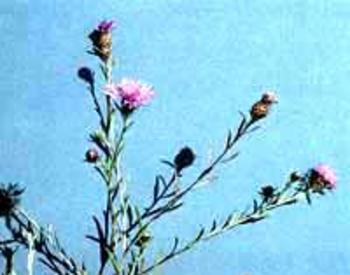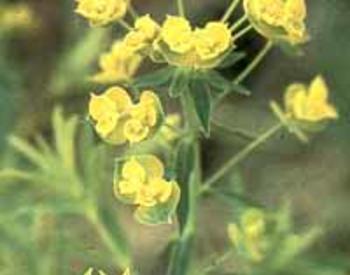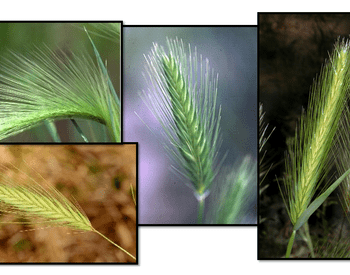Introduction
Poison hemlock is one of the most poisonous of plants. It is a member of the carrot family (Apiaceae) and is native to Europe and Asia and was introduced to the US as an ornamental. It thrives in moist soils with high nitrogen levels. It also grows well along fences, roadsides, ditches and around buildings. It is a problem weed that can quickly colonize disturbed sites and is frequently found in pastures and crops. A single plant may produce as many as 40,000 seeds, which can be spread by water and animals.
Poison hemlock contains several compounds, called alkaloids, which are toxic to livestock. All species of livestock are affected by these alkaloids, but cattle and pigs seem to be the most susceptible. Signs of poisoning include:
- Muscular weakness.
- Incoordination.
- Trembling.
- Excessive salivation.
These symptoms are followed by depression. Fast and shallow breathing becomes slow and labored, followed by dilation of the pupils, frequent urination and defecation, coma and then death by respiratory paralysis.
Because poison hemlock grows so well in wet and disturbed sites, we see it quite often in Coos and Curry County pastures, especially around drainage areas. Poison hemlock has a strong odor that livestock dislike, so they will usually avoid it if other forage is available. However, accidental ingestion occurs if poison hemlock is hidden among pasture grasses or as a contaminant in hay or silage.
Previous studies have shown that when hay contaminated with poison hemlock is dried in the sun for seven days, the concentration of toxic alkaloids decreases. While this lessens the likelihood of poisoning livestock that are fed this hay, poisoning has occurred when livestock were fed too much of the contaminated hay.
Silage-making has been used to reduce the concentrations of toxins in a variety of crops. Poison hemlock alkaloids are found in different concentrations depending on several factors that make it virtually impossible to predict how dangerous the plant is at any given time.
There are at least eight known alkaloids in poison hemlock, some of which are more toxic than others. We conducted a study to determine if making silage from poison hemlock would reduce the toxins.
Trials in SW Oregon & NW California
We harvested poison hemlock in summer of 2005 and made silage from it using a mini-silo. We sent individual samples of ensiled poison hemlock on a weekly basis to the toxicology lab at UC Davis to determine how much of the two most toxic alkaloids found in poison hemlock, coniine and γ-coniceine, was present at different points in time throughout the ensiling process, information that was previously unknown.
After 56 days of ensiling, we determined that coniine concentrations increased during the silage-making process, while γ-coniceine concentrations decreased but not enough to be considered safe. The increases in the coniine alkaloid are so great that it is too risky to feed silage contaminated with poison hemlock to livestock. If you think you may have feed that contains poison hemlock, please have it tested before feeding it to your animals.
References
- Hathaway, R., G. Pirelli, S. Paxton, and J. Oldfield. 2001. Selenium fertilization of pastures. Western Section, American Society of Animal Science. Bozeman, Montana.
- Pulsipher, G., R. Hathaway, W. Mosher, G. Pirelli, and T. DelCurto. 2004. The effect of fertilizing with sodium selenite on selenium concentration of hay and drain water and serum selenium concentrations in beef heifers and calves. Proceedings, Western Section, American Society of Animal Science, Vol. 55.
- Nutrient Requirements of Beef Cattle. 7th Revised Edition. 1996. National Academy Press. Washington, D.C.
